
Breast hypertrophy or gigantomastia is a condition that some women suffer from and is characterized by an excessive volume in the breasts. This alteration can lead patients to avoid certain physical activities and alter their behavior in society, sometimes generating complexes. But it can also cause functional disorders, mainly skin irritations and cervical pain.
Women who have large breasts may experience a series of problems derived from their weight and size, accentuated by the habit of moving their shoulders forward, pulling back the thorax, in order to conceal the volume of their breasts. These functional disorders can cause back, neck and shoulder pain, as well as skin irritation and marks on the shoulders caused by the bra straps. In addition to the discomfort when doing physical exercise and sports.
On the other hand, some young girls may also suffer from excessive breast development called pubertal gigantomastia, which causes them severe psychological and social affectation. In these cases,
The reduction is a procedure by which we eliminate the excess of mammary gland, repositioning the areola, that is, also raising the nipple-areola complex. Thus, breast reduction is a surgical technique that aims to modify the size and shape of the breasts to meet the aesthetic and functional requirements of patients. We usually aim to leave a C cup bra size, although obviously this goal is determined in conjunction with the patient.
The reduction is a procedure by which we remove excess fatty tissue and gland of the breast, while removing excess skin and repositioning the breast to its normal position, correcting the sagging of the breast.
Our breast reduction price range (from approx 6000€) includes
1. Operate with the surgeon with whom you visit from the beginning: all visits and the operation is performed by the surgeon with whom you visit at the first consultation. You are not operated on by ‘someone from the team’ once you have been anesthetized. This is very important for us, as an exercise of transparency and professionalism.
2. Follow-up and revisions during 1 year including
3.. Complications insurance: in case of complications requiring treatment in the operating room in the first 2 years.
4. Fees and clinic: during hospitalization a companion can be with you at no additional cost.

5. Prices without surprises: the price you are given includes everything that has been agreed upon, there are no surprises or later additions.
As in other surgical procedures, it will be necessary to perform a prior medical examination to detect if there is any abnormality that may contraindicate the surgery. In the case of suffering from any disease that could affect the surgery or be incompatible with anesthesia, reduction mammoplasty would be discouraged.
A mammogram is usually requested to rule out any previous pathology and above all to have a previous reference. Since surgery triggers changes in the pattern of mammography, we can identify what already existed and what is new due to surgery.
If the intervention is possible, the plastic surgeon would proceed with an exploration and evaluate the best technique to follow with the patient. It should also be noted that it is crucial not to smoke for two or three weeks prior to surgery, since in breast reduction, the nipple areola complex moves and nicotine seriously affects the blood vessels.
Breast reduction surgery requires scars. If possible, only a vertical scar is made, eliminating the one that remained in the submammary fold, so it is practically imperceptible. In addition, if the fat component is even greater, it is possible to perform, alternatively, a liposuction, since it does not leave scars.
Only in very large or very sagging breasts that require a significant reduction in volume is it necessary to perform the inverted T. In these cases the shape and volume are more important than the scar. The T-shaped scar allows us to remove skin both vertically and horizontally so that we remodel the breast much better.
To avoid a hypertrophic or keloid scar we can use a special laser, Urgotouch. It has to be shot on the scar right after the operation.
The result in breast reduction requires a few months to see the final result, as the breast has to settle. During 3-4 days we recommend some rest, after this time you can usually live a normal life, of course, you should avoid efforts or weights for about 15 days.
Some swelling is to be expected in the first month, which then decreases up to 4 months.
It is also normal to have alterations in sensitivity, especially in the areola and in the lower part of the breasts. This sensitivity is going to recover and may take up to 1 year for full recovery. The larger the breast, the greater the chance of not fully recovering sensitivity in the areola.
In a society where there is a growing trend toward breast augmentation, women seeking breast reduction surgery may feel misunderstood.
There are many reasons why a woman wants to reduce her breasts, the most frequent being back and neck pain, skin lesions, especially in summer due to sweating, shoulder irritation and difficulty in expressing herself as she would like to.
I tell all my patients that it is a surgery in which they will gain in quality of life in exchange for having scars in the breast and possible alterations in sensitivity. In spite of this, it is one of the most appreciated surgeries and they all tell me the same thing: “How is it possible that I have not had the surgery before?
For me there is one more reason to offer my experience in this type of surgery: in a study carried out in Sweden(https://link.springer.com/article/10.1007/s10549-005-9099-2 ) it was demonstrated that in patients who underwent this surgery, the risk of suffering breast cancer was reduced by 30%, an extremely relevant fact.
If we think about it, it makes a lot of sense: by removing a significant portion of breast tissue, we are also reducing the proportion of the gland that can eventually develop cancer.
It is for this reason that I encourage all those patients who consult me to make the decision to undergo this surgery.
There is no consensus on requesting mammograms or ultrasound scans in patients under 45 years of age, but it seems to me coherent to request them because in very large breasts there is difficulty in self-examination and it is not uncommon to find atypical lesions in the breast tissue in the excised pieces that are sent for anatomopathologic analysis. The frequency with which this occurs is low (between 4-5%) but it is not negligible. Moreover, the incidence with which this occurs increases more than 10 times in patients older than 40 years.(https://www.sciencedirect.com/science/article/abs/pii/S0046817713001020)
Not all patients are the same and there are certain conditions that may increase the surgical risk such as diabetes mellitus, coagulation disorders, hypertension, smoking and the use of steroid drugs. In general, the percentage of complications in this type of surgery is 3-6%, with those related to scarring being the most frequent.
It has also been shown that the body mass index as an absolute value cannot be a criterion for refusing to perform this intervention in obese patients because it improves lung function, pain and quality of life ( https://pubmed.ncbi.nlm.nih.gov/12560689/). So for all these reasons this is one of my favorite surgeries, because it not only improves the aesthetic appearance of the breasts but at the functional level the improvement is much more relevant.
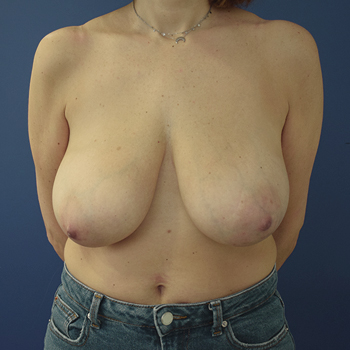
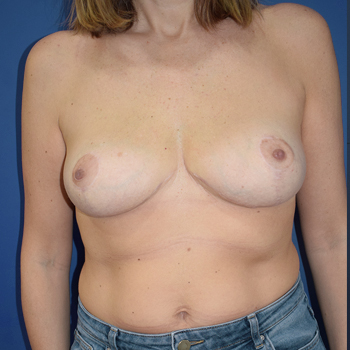
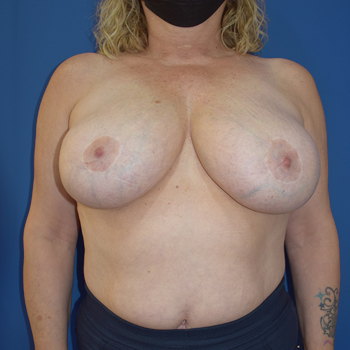
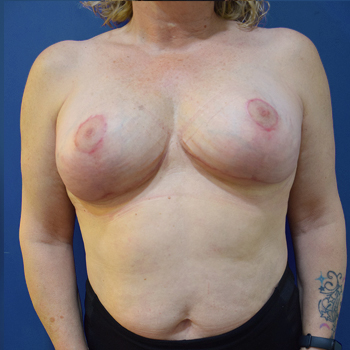
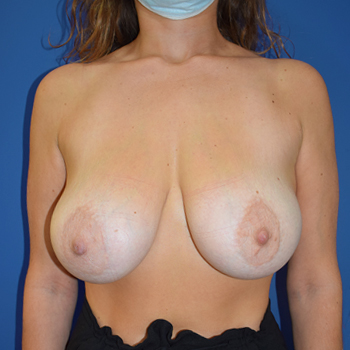
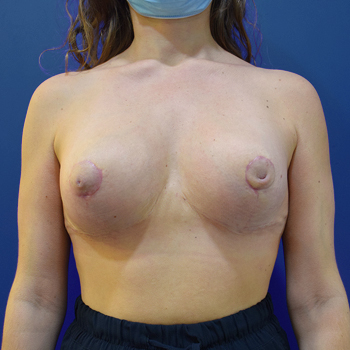
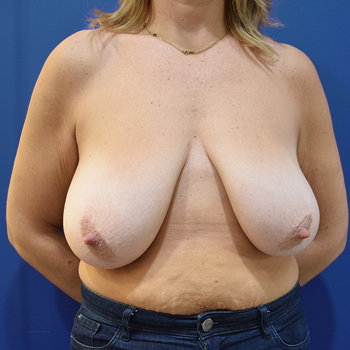
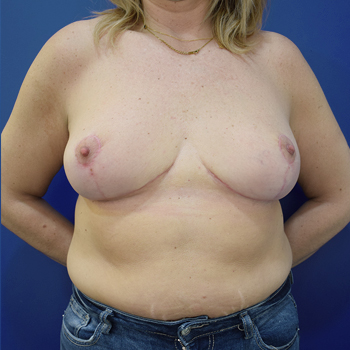
EXCELENTETrustindex verifica que la fuente original de la reseña sea Google. Maravillosa experiencia con la Doctora Salvador!!!Trustindex verifica que la fuente original de la reseña sea Google. Estic encantada! Son els millors!Trustindex verifica que la fuente original de la reseña sea Google. Muy profesionales. El trato es atento y cercano. Los resultados óptimos. He quedado muy satisfecho, los recomiendo totalmente.Trustindex verifica que la fuente original de la reseña sea Google. Es la mejor clínica. Yo fue operado por el Dr. Benito. Durante mucho tiempo elegí una clínica y un médico, dudé. Pero tuve mucha suerte, ¡caí en manos de oro! Estoy muy contenta con el resultado inmejorable. El doctor es un especialista muy atento y elegante. Todo el personal de la clínica es muy agradable. 😊🌟✨💫Trustindex verifica que la fuente original de la reseña sea Google. Muy buena clínica, la doctora Salvador explica todo de manera que sabes que estas en buenas manos.Trustindex verifica que la fuente original de la reseña sea Google. Espectacular resultado gracias al dr.benito y a su equipo🥰Trustindex verifica que la fuente original de la reseña sea Google. Hace más de 15 años que confío en el doctor Jesús Benito. Un gran cirujano y una persona encantadora. Gracias por todos los cuidados !!!!Trustindex verifica que la fuente original de la reseña sea Google. Muy agradecido al Dr Benito por la confianza que se gana y que te ayuda a tomar decisiones. Muy satisfecho con su profesionalidad y los resultados. Y muy contento con su equipo por lo cómodo y fácil que te hacen todo.
El Dr. Guillermo Rodríguez Márquez es especialista en Cirugía Plástica, Reparadora y Estética, con una destacada trayectoria internacional en España y el Reino Unido. Licenciado en Medicina por la Universitat de Barcelona, se formó en Cirugía Plástica en el Hospital Clínic de Barcelona. Es Fellow del European Board of Plastic Reconstructive and Aesthetic Surgery y posee un Máster en Dirección y Gestión Sanitaria.
Ha trabajado en hospitales de referencia como el University Hospital of Birmingham NHS y el Queen Victoria Hospital NHS Trust, especializándose en cirugía de la mano y miembro superior. En España, formó parte del Hospital Universitario Miguel Servet, donde dirigió la Unidad de Cirugía Plástica Infantil.

The recommendation is no, although it will ultimately depend on the reduction technique.
As mentioned above, between 2 and 4 weeks, although most women have already returned to work within a week.
At first they are swollen, purple and very conical in shape and high. Over time they will deflate, settle and form the curve of the lower pole. This change in shape allows the scars to be less visible.